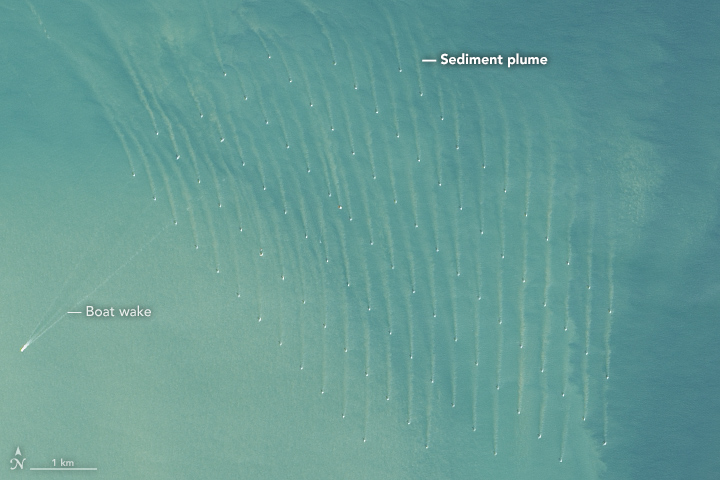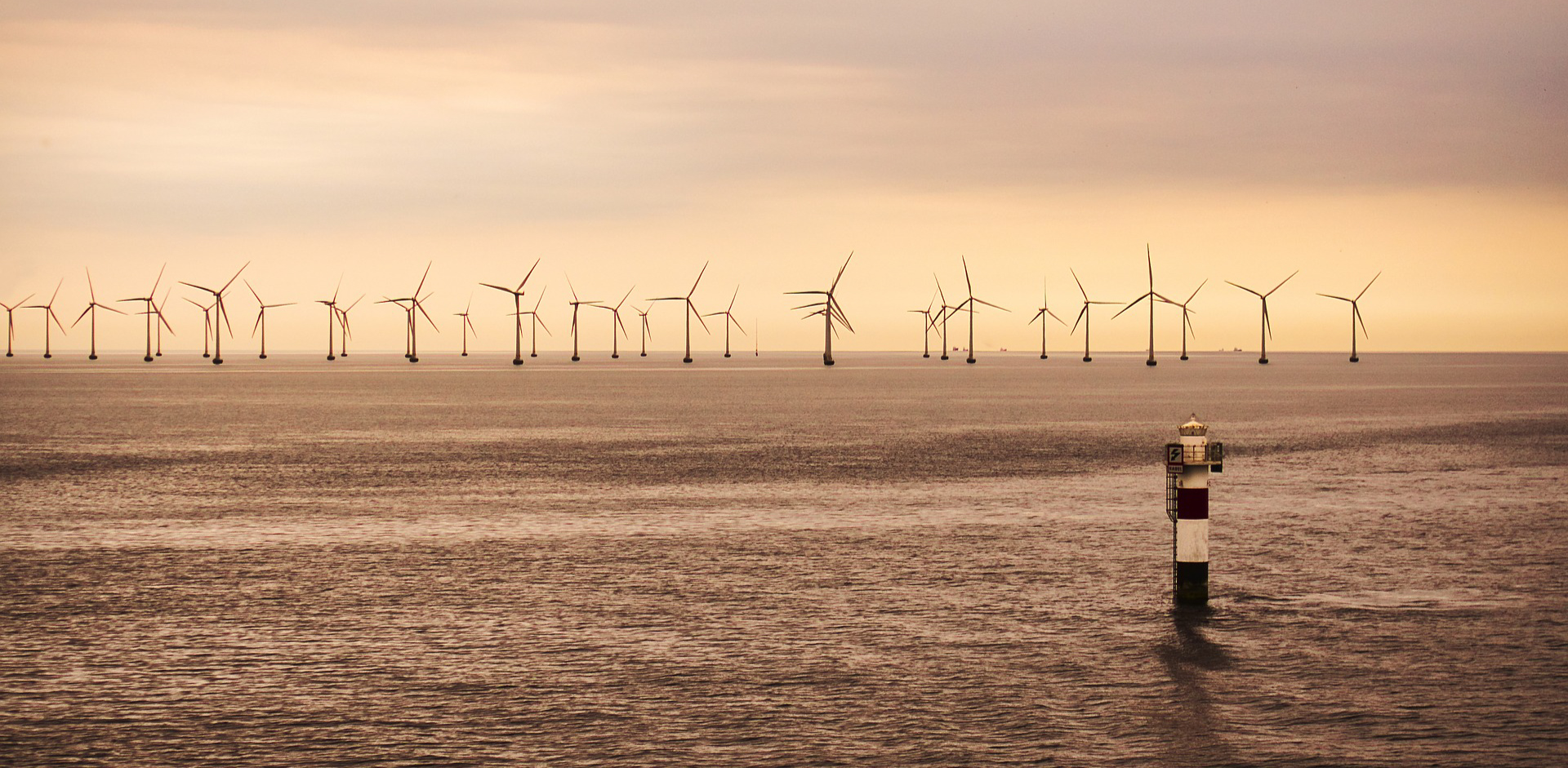PEI awards new Climate and Energy Challenge projects, from the natural color-scape to the right words for climate change
Four new projects funded by the Climate and Energy Grand Challenge program will explore topics such as the environmental impact of turbulence from offshore wind turbines, the effect of climate change on the natural color-scape, the efficient production of jet fuel from biomass, and the most motivating language for discussing climate change. Totaling $500,000, the projects run from 2020 to 2022.
Part of the PEI Grand Challenges program, the Climate and Energy Grand Challenge supports faculty-led research that addresses alternative energy and energy efficiency, challenges in climate dynamics, and the effects of climate change on Earth’s ecosystems. Projects include an educational component in which the project is incorporated into, or forms the basis of, undergraduate and graduate courses, senior theses and summer internships.
Descriptions of the most recently funded projects are below.
The Atmospheric and Oceanic Wakes of Offshore Wind Turbines and Their Effects on Local Marine Environments
Increased development of offshore wind power — particularly along the coast of New Jersey — presents a significant source of renewable energy. Yet, offshore turbines create atmospheric wakes that can ultimately produce miles-long sediment plumes. Princeton engineers Michael E. Mueller, Luc Deike, Elie Bou-Zeid and Marcus Hultmark will develop a novel, multi-layer simulation to study how the turbulent boundary layers of wind turbines, surface waves, and underwater flow all interact to trap sediment. Thick clouds of sediment can prevent sunlight from reaching subsurface depths and disrupt the distribution of nutrients, potentially starving marine life and harming breeding areas for economically important fish. They will validate their data with experimental work. Mueller and Hultmark are associate professors of mechanical and aerospace engineering; Deike is an assistant professor of mechanical and aerospace engineering and the Princeton Environmental Institute; and Bou-Zeid is a professor of civil and environmental engineering.


Investigating the Effects of Climate Change on Hummingbird Sensory Landscapes
Mary Caswell Stoddard, an assistant professor of ecology and evolutionary biology, will investigate how climate change may be altering the sensory landscape animals use to survive and reproduce. Working at the Rocky Mountain Biological Laboratory, her research group will deploy innovative ultraviolet-sensitive “bird vision” cameras that capture the landscape as it is seen by broad-tailed hummingbirds. Stoddard will gauge whether the birds rely on specific color signals to locate and remember flowers, and if that color-scape is changing as spring flowers bloom increasingly earlier. Field experiments on hummingbird color perception and cognition will determine if the floral color-scape influences how and when the birds begin foraging.
The researchers also will use camera traps and deep learning motion-detection software to quantify how often hummingbirds visit certain flowers. They will then examine how the sensory landscape has changed in the past 40 years, how it could change in the future, and the potential effect this transition could have on foraging behavior and cognition. Princeton undergraduate students will help pioneer the collection of “bird vision” hyperspectral data in the field and design a unique database for the broader scientific community. This project builds on Stoddard’s 2018 Grand Challenges project that studied the influence of climate change on pollinator-plant dynamics.


Mesoporous Zeolites for Biomass-derived Jet Fuel Production
While fuels such as gasoline could be replaced with electrification, jet fuel requires high energy densities beyond the capabilities of electricity. Michele Sarazen, assistant professor of chemical and biological engineering, will explore a process to produce jet fuel from plant biomass by synthesizing highly efficient catalysts known as mesoporous zeolites. Zeolites are crystalline materials containing small, microporous channels that allow for stable chemical reactions and molecular conversions. When naturally occurring, however, these small channels can restrict molecular transport. Sarazen will build on work by a graduate student in her research group to create zeolite crystals with larger pores that would allow for the atom- and energy-efficient conversion of biomass into fuel with the required energy density. She also will explore how mesoporous zeolites can be extended to other useful reactions.


Does Alarming Language Undermine International Cooperation on Climate Change?
Rebecca Perlman, an assistant professor of politics and international affairs, will lead a study of whether more urgent language about climate change in the media would lead to greater or lesser support for mitigation efforts. Existing research has found that more alarming messaging can both increase public support for addressing climate change and backfire by producing apathy or opposition. This project will field several survey experiments in the United States to test how dire language on climate change influences an individual’s willingness to support international cooperation and local efforts to reduce global warming. The results could help policymakers present climate change more constructively to the public in order to bring about effective and collaborative solutions.






